UK & Ireland - Summer 2006 |
Day 3 - Windsor Castle, Stonehenge and the City of Bath |
With the idea to see more of England
we took a group bus tour to Windsor Castle, Stonehenge and the city
of Bath. This was a rather gray and rainy day with our time at Stonehenge
being especially wet. A few of us sampled not only the natural water
from the pump room (nasty), but also the Cornish Pasties as we wandered
around the streets of Bath. This was a long day so we enjoyed dinner
and an after dinner cocktail in the executive lounge of the hotel rather
than head out again. |

|

|

|

|

|

|

|

|

|

|

|

|

|

|

|

|

|

|

|

|

|

|

|

|

|

|

|

|

|

|

|

|

|

|

|

|

|

|

|

|

|

|

|

|

|

|

|

|

|
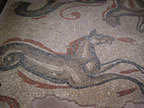
|

|
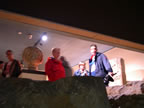
|
 |

|

|

|

|

|

|

|
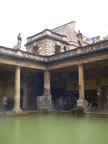
|

|

|

|
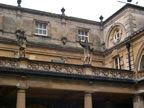
|

|

|

|
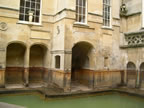
|

|

|
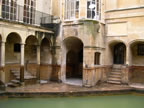
|

|

|

|